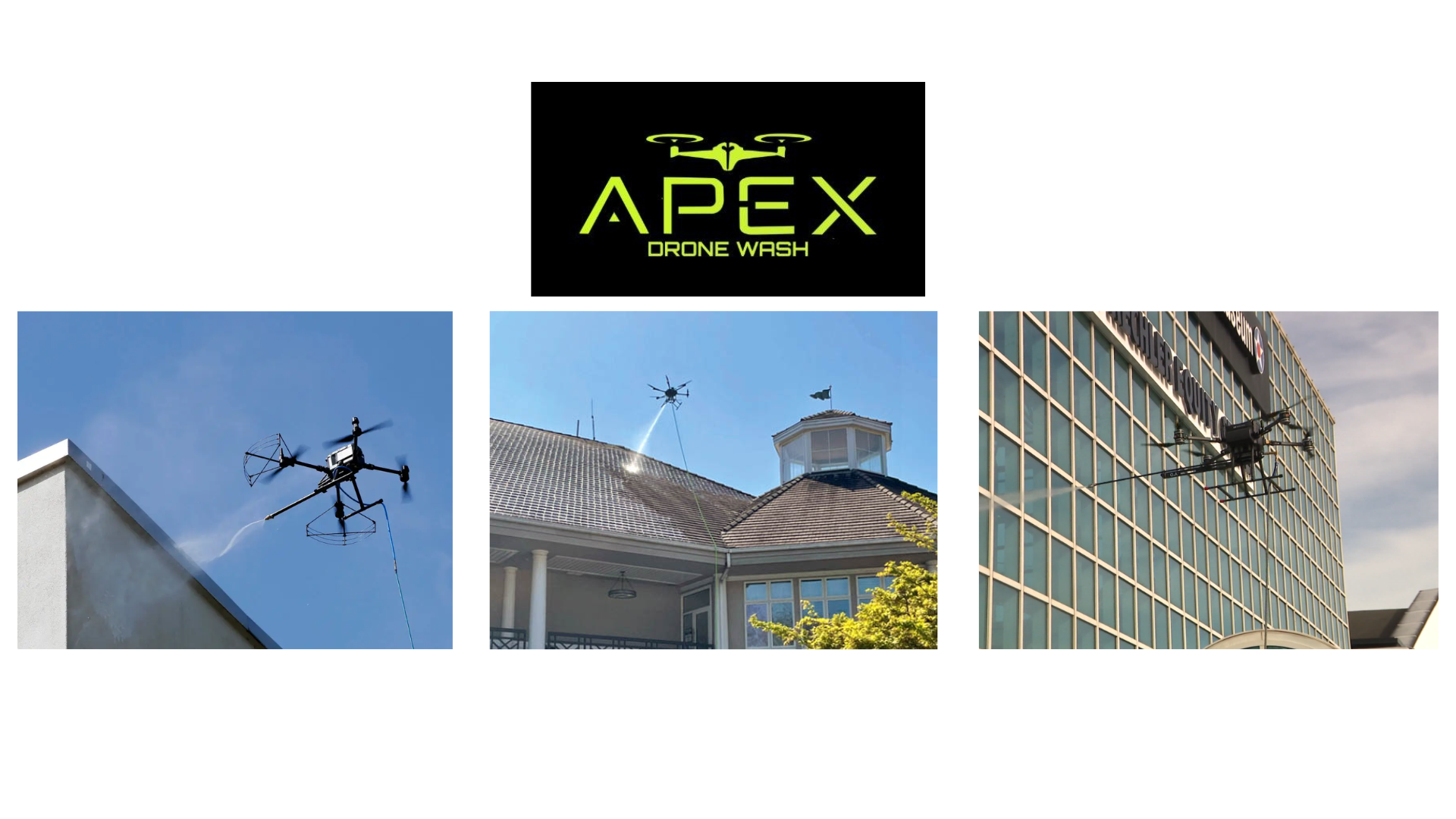First Impressions Matter : Facade Cleaning
In the competitive world of commercial real estate, appearances speak volumes. A building’s facade serves as its face to the world—the first element clients, customers, employees, and passersby notice. Clean, well-maintained exteriors communicate professionalism, attention to detail, and organizational pride, while dirt-streaked windows and stained surfaces can inadvertently signal neglect or decline.
Beyond mere aesthetics, regular facade cleaning represents a critical aspect of proper building maintenance. It protects valuable building materials from degradation, extends the lifespan of exterior components, and preserves the architectural integrity that distinguishes your property. In today’s image-conscious business environment, the state of your building’s exterior directly reflects on the organizations it houses.
The Hidden Dangers of Neglect
Beneath the surface-level concerns of appearance lie more serious consequences of facade neglect. Urban environments subject buildings to a constant barrage of pollutants—vehicle emissions, industrial discharge, bird droppings, and airborne particles—all of which accumulate on exterior surfaces. Over time, these contaminants don’t just create unsightly stains; they actively corrode building materials.
Acidic pollutants can deteriorate stone, concrete, and metal components, while persistent moisture trapped by dirt can lead to mold growth, efflorescence, and even structural damage. Glass surfaces become permanently etched by embedded particles, and sealants degrade more rapidly when not properly maintained. These problems compound silently until they manifest as expensive repairs or replacements.
The financial impact extends beyond repair costs. Research consistently shows that poorly maintained exteriors negatively impact property valuations, with some commercial real estate experts estimating that neglected facades can reduce property values by 5-10%. For tenants, a deteriorating exterior can harm brand perception, potentially affecting customer traffic and employee satisfaction.
Health, Safety, and Compliance Facade Cleaning
The implications of facade neglect extend to health and safety concerns that affect everyone who interacts with the building. Algae, mold, and mildew growth—particularly common in humid climates or shaded areas—release spores that can trigger respiratory issues, allergic reactions, and other health problems. These biological contaminants often begin their growth in hard-to-see areas before spreading across visible surfaces.
From a safety perspective, accumulated grime can obscure potential structural problems that regular cleaning would otherwise reveal. Early detection of cracks, spalling, or loose elements during cleaning operations can prevent dangerous facade failures that might otherwise go unnoticed until they pose serious risks.
Regulatory compliance adds another dimension to this concern. Many municipalities have enacted facade ordinances requiring periodic inspections and maintenance, particularly for older buildings. These regulations aim to protect public safety from falling debris and structural failures. Non-compliance can result in significant fines, mandatory repairs under tight deadlines, and in extreme cases, building closure until violations are addressed.
Why Drones are Changing the Game for Facade Cleaning
Traditional facade cleaning methods—scaffolding, swing stages, and boom lifts—have long presented challenges in terms of cost, time, safety risks, and building disruption. The emergence of drone technology has revolutionized this essential maintenance task, offering compelling advantages that are rapidly making it the preferred approach for forward-thinking property managers.
Drone cleaning systems eliminate the need for workers to operate at dangerous heights, dramatically reducing workplace accident risks. The technology allows for rapid deployment without the extensive setup time required for scaffolding or other access equipment. A process that might take weeks using conventional methods can often be completed in days with drone technology.
For building occupants, the benefits are equally significant. Drone operations cause minimal disruption to daily activities—no noisy equipment outside windows, no blocked entrances, and no restricted access areas around the building perimeter. The precision of drone-based systems also ensures more thorough cleaning, with advanced imaging capabilities identifying problem areas that might be missed by manual methods.
Cost-effectiveness completes the case for drone adoption. Without the expenses of equipment rental, large cleaning crews, and extended project timelines, drone cleaning typically delivers savings of 30-50% compared to traditional methods. This efficiency allows for more frequent cleaning cycles within the same maintenance budget, helping prevent the accumulation of damaging contaminants.
Conclusion: Clean Today, Save Tomorrow
Regular facade cleaning represents one of the most prudent investments building owners can make in their property’s long-term value. Rather than viewing it as a discretionary expense, savvy property managers understand it as essential preventative maintenance that pays dividends through extended material lifespan, reduced repair frequency, enhanced property values, and improved tenant satisfaction.
A strategic approach to facade maintenance includes establishing appropriate cleaning schedules based on local environmental conditions, building materials, and exposure factors. High-traffic urban locations or areas with significant industrial activity typically require more frequent attention than suburban or rural properties.
By embracing modern cleaning technologies like drone systems, building owners can maintain impeccable exteriors with minimal operational disruption and maximum cost-efficiency. The result is a property that not only makes positive first impressions day after day but also stands the test of time—structurally sound, visually appealing, and continuously appreciating in value.
In an era where commercial real estate faces increasing competition and scrutiny, a clean facade isn’t just about looking good—it’s about smart business, regulatory compliance, and responsible stewardship of valuable assets. The message is clear: clean today, and your building will continue to shine and perform for years to come.
Frequently Asked Questions
How often should commercial building facades be cleaned?
The optimal cleaning frequency depends on several factors including location, environmental conditions, and building materials. Urban buildings typically require cleaning 2-4 times per year, while buildings in less polluted areas might maintain their appearance with annual cleaning. Glass-dominant facades generally need more frequent attention than stone or concrete surfaces.
What are the signs that a building facade needs immediate cleaning?
Watch for visible staining, green or black patches indicating biological growth, white powdery deposits (efflorescence) on masonry, streaking on glass surfaces, and accumulated dirt in corners and crevices. Any sudden change in appearance or discoloration may signal the need for prompt cleaning.
Can facade cleaning be performed year-round?
While facade cleaning can technically be performed in any season, weather conditions impact effectiveness and safety. Most professionals recommend scheduling cleaning during moderate temperature periods (spring and fall) to avoid extreme heat or freezing conditions that can affect cleaning solutions and worker safety.
How disruptive is the facade cleaning process to building occupants?
Traditional methods using scaffolding or suspended platforms can cause significant disruption including noise, vibration, and reduced natural light. Modern drone-based cleaning systems minimize these issues, typically requiring only ground-level setup areas and causing minimal interference with building operations.
What cleaning methods are safest for historical buildings?
Historical buildings require specialized approaches that balance cleanliness with preservation by Apex Drone Wash. Gentle methods like low-pressure water washing, specialized pH-neutral cleaning agents, and soft-bristle brushing are preferred. Abrasive techniques or harsh chemicals should be avoided. Many historical buildings now utilize drone inspection and cleaning to minimize physical contact with delicate surfaces.


